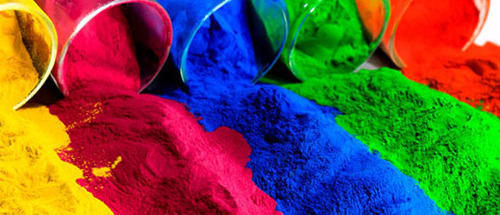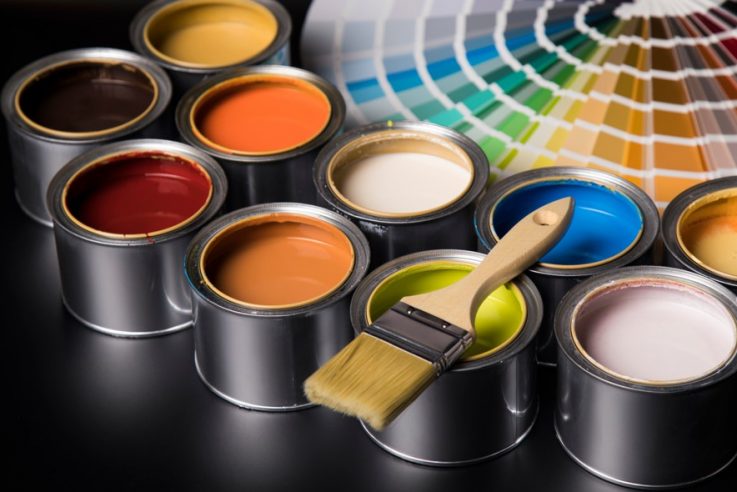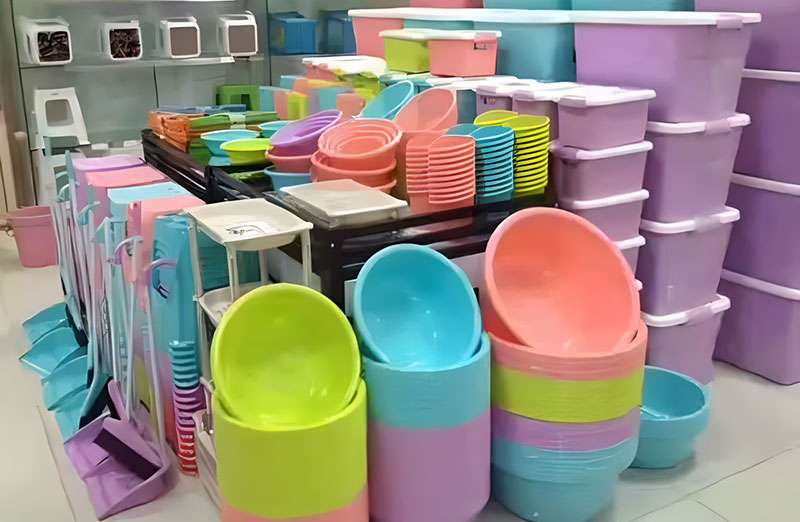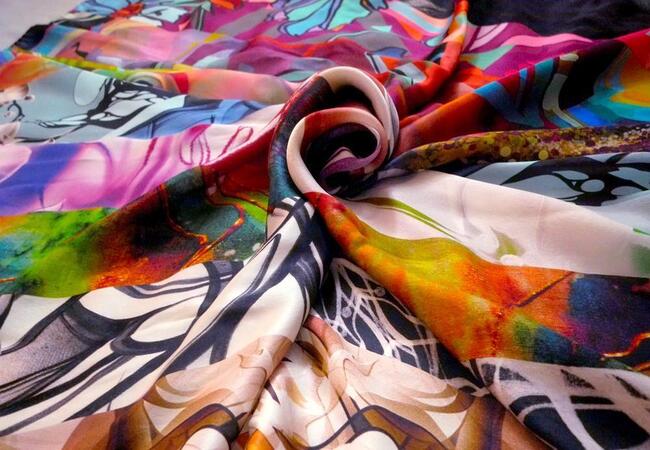


Organic pigments are colored, insoluble compounds made from carbon-based molecules that are used to impart color to a wide range of materials, including paints, inks, plastics, textiles, coatings, and cosmetics. Unlike dyes, organic pigments do not dissolve in their application medium but remain as finely dispersed particles. They are called "organic" because their molecular structure is based on carbon, often derived from petrochemical or natural sources.


